When talking about popular third party 50mm LTM lenses, the conversation occasionally leads to the Canon 50mm f/1.4 lens, oftentimes called the “Japanese Summilux.” That fast fifty was a relatively affordable high-quality lens made to compete against Leica’s and Nikon’s offering and had a long production run from 1957 (with the type 1) to 1972 (type 2). Multiple film photography youtube channels and online reviews praised the lens for being sharp and having crisp color contrast. The “Japanese Summilux” and her wide angle siblings are some of the most sought after vintage LTM lenses today and are becoming difficult to find even over here in Tokyo. Curiously, while Canon’s later LTM lenses are gaining popularity, the same cannot be said about Canon’s earliest line of lenses such as the Canon 50mm Serenar f/1.9. Which is a shame because the lens (which I like to call: the “Japanese Summitar”), could be the “character lens” for you.

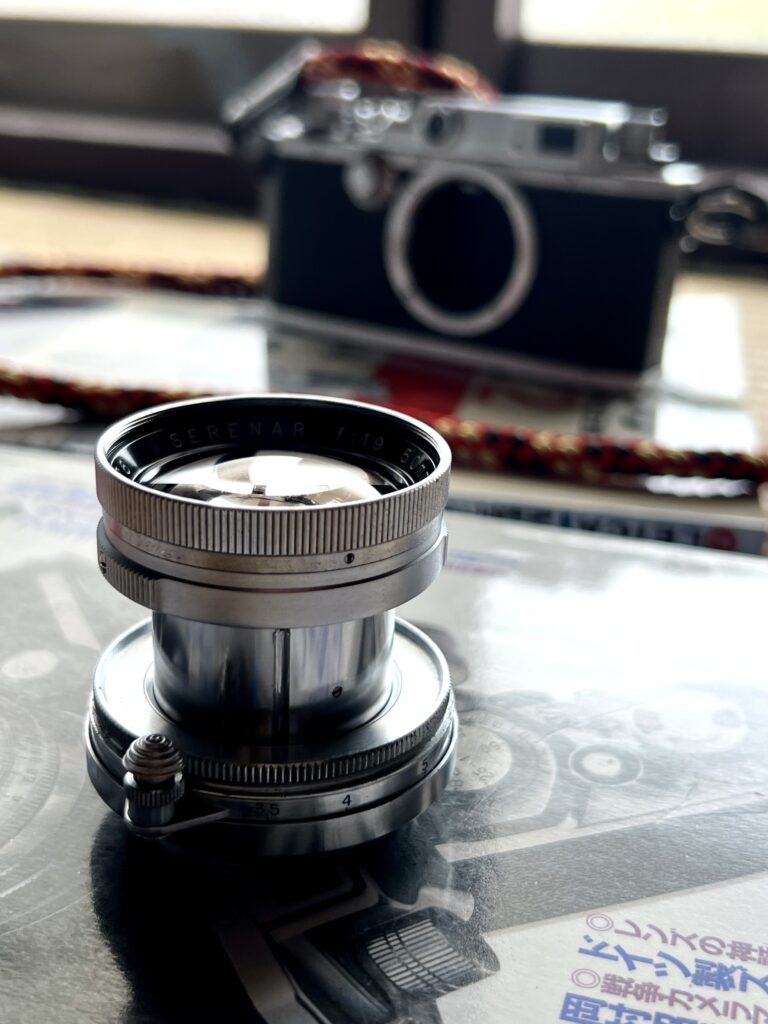
History and Build
When WW2 came to a close, Canon polished off some older ideas and restarted camera production, and the first new camera they made (that wasn’t made of existent prewar stocks) was the Canon SII. This time around, Canon developed a new set of lenses to go on their cameras rather than relying on Nippon Kogaku (Nikon) for lenses as they did up until that time. These lenses were christened: “Serenar,” which according to Canon: “connotes the word “serene,” indicating “clear, calm and tranquil,” and originates in the Sea of Serenity on the moon.”

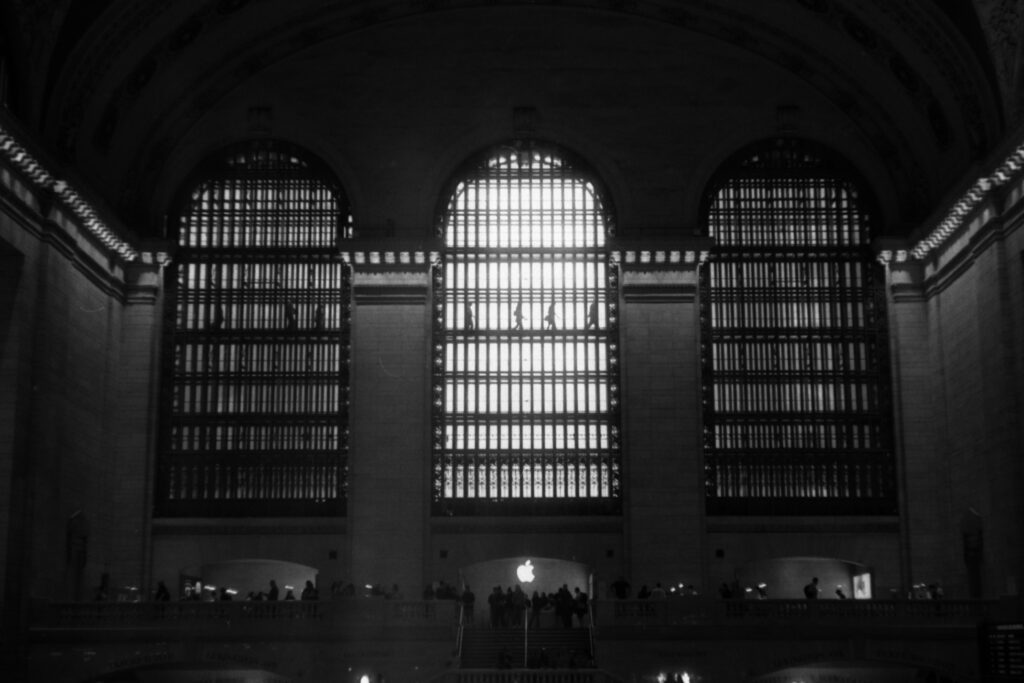
The Canon 50mm Serenar f/1.9 was released in January 1949 and came standard with the Canon IIB; it was considered a fast offering at the time when most other companies only offered 50mm f/3.5 or f/2.8 as the standard lens. Strangely, this lens is marked as only going down to f/11 instead of the usual f/16 (though the clickless aperture does go a bit beyond f/11). Besides that, the lens is externally visually similar to Leica’s 50mm Summitar f/2, even utilizing the same obscure lens filter thread. However, the similarities end there as the Serenar differ from its German counterpart internally: with 6 elements in 4 groups, the coated Gauss-type design is markedly different from Leitz’s 7 elements in 4 groups design, and the Serenar has 15 aperture blades, a staggering amount compared to the Summitar’s 10 or 6 depending on the make and model.
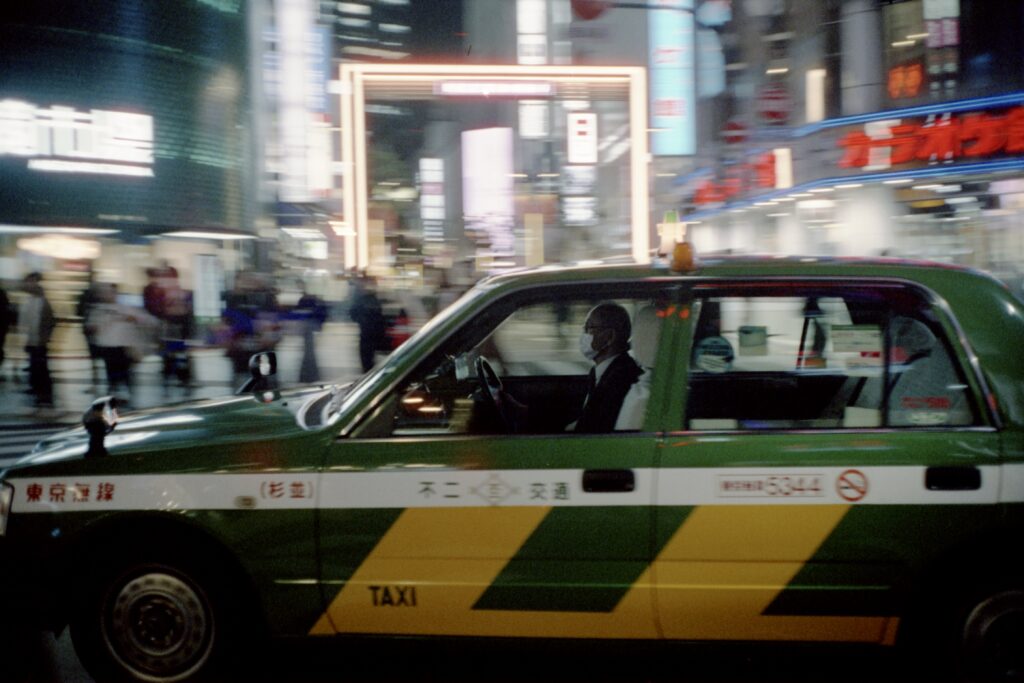

Looks and usage
Much like the Summitar, the Canon 50mm Serenar is sharp in the middle (especially when stepped down), but it does have some distinct softness in the edges. At wide open, the lens is soft but not in an unbearable way, and objects/lights in the background will develop a slight swirl that help to visually isolate the subject/object in focus in the foreground. I believe some would say that the lens has a “painterly” quality – there is no way of mistaking this lens for a modern design. It works well in both color and in monochrome, but I found it best used in conjunction with black and white film stocks that either has elevated contrast or even Orthochromatic qualities. Films such as Fomapan 400, Rollei Retro 80s, Fujifilm Neopan ACROS 100 II, and Ilford XP2 Super 400 would render an evocative look, retaining contrast albeit having a softer looking image. Getting accustomed to this lens does take a bit of time due to its tendency to flare and the bokeh can get muddled if the shooting conditions aren’t ideal- but dialed in, this lens is a solid contender and extremely fun to use.
Who is this for?
This is one of those lenses that I feel will have it’s ardent supporters and detractors. If you want edge to edge sharpness and clear contrast (especially in color) at all apertures, the Canon 50mm Serenar may not be the lens for you. However, if you are like me and enjoy lenses that have a softer look to it and are willing to take a brief moment composing your shot, then the “Japanese Summitar” may be for you. It’s good for street snaps, landscapes, and it’s relative softness is perfectly suited for taking portraits as well. If you are a fan of the early pictorialism photos, this may be the perfect lens to emulate that look on 35mm. Another selling point for this lens would be its relative affordability; due to its relative lack of “hype” and quirky photo rendering, a clean copy of the lens can be bought at around 20,000-30,000 yen or just under 200 USD as of this writing and prices remained stagnant. Due to it’s price, the Serenar is seen by many Japanese Leica M neophytes as a suitable alternative to the “real deal,” and some, like myself, have became content with it.


Whether attached to my Leica M3 or one of my Barnack clones, the Canon 50mm Serenar or “Japanese Summitar” has been my mainstay 50mm LTM lens and will continue to be used in rotation despite my recent additions. It’s a lovely piece of glass and I have produced some of my favorite shots with it within the past two years of my ownership (not to mention it looks really good on a Leica or some IIIF clone). There are more versatile and higher quality lens options out there, but no other lens have made me feel as though I was Henri Cartier-Bresson, searching for my decisive moment in Tokyo. If you feel convinced by my review I hope you’ll consider finding one; it could be the art lens you were looking for.

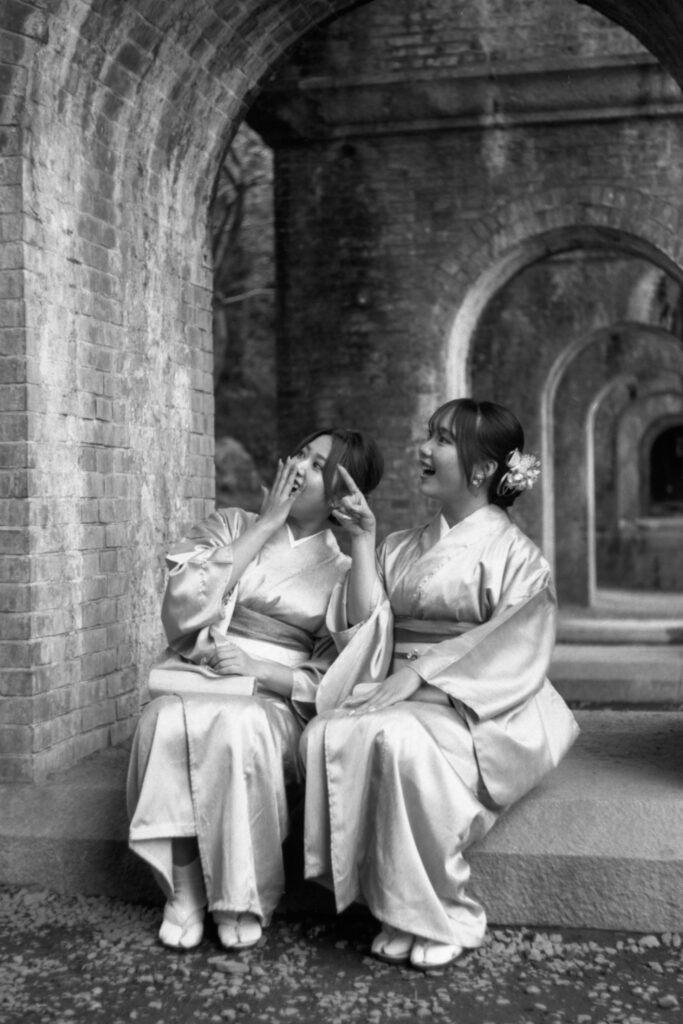
Thank you for reading my second article!
You can find me on Instagram
Share this post:
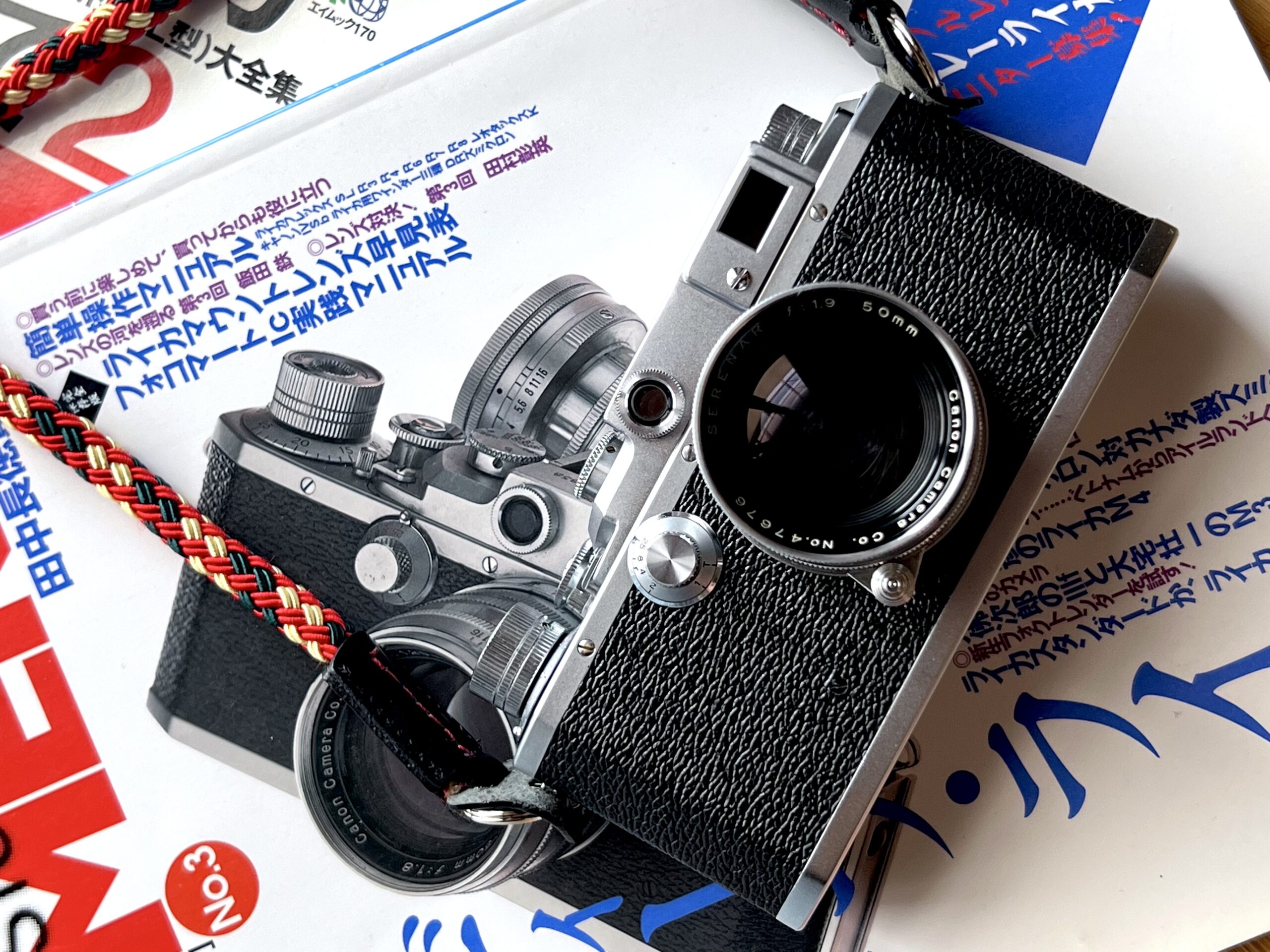








Comments
Will on Canon 50mm Serenar f/1.9 – The Serene Beauty of the Japanese Summitar
Comment posted: 08/07/2024
Comment posted: 08/07/2024
Neal Wellons on Canon 50mm Serenar f/1.9 – The Serene Beauty of the Japanese Summitar
Comment posted: 08/07/2024
Your photos are great; you have mastered this cool lens.
Comment posted: 08/07/2024
Jonathan Leavitt on Canon 50mm Serenar f/1.9 – The Serene Beauty of the Japanese Summitar
Comment posted: 08/07/2024
Comment posted: 08/07/2024
Marco Andrés on Canon 50mm Serenar f/1.9 – The Serene Beauty of the Japanese Summitar
Comment posted: 08/07/2024
The Serenar 50/1.8 a sleeper usually thrown in with a Canon body.
Have one so I am « biased ».
Comment posted: 08/07/2024
mike on Canon 50mm Serenar f/1.9 – The Serene Beauty of the Japanese Summitar
Comment posted: 08/07/2024
Comment posted: 08/07/2024
John F. on Canon 50mm Serenar f/1.9 – The Serene Beauty of the Japanese Summitar
Comment posted: 08/07/2024
Comment posted: 08/07/2024
Russ on Canon 50mm Serenar f/1.9 – The Serene Beauty of the Japanese Summitar
Comment posted: 08/07/2024
Thanks for the review and good luck with Grad School!
Comment posted: 08/07/2024
Gary Smith on Canon 50mm Serenar f/1.9 – The Serene Beauty of the Japanese Summitar
Comment posted: 08/07/2024
Comment posted: 08/07/2024
Marcus Gunaratnam on Canon 50mm Serenar f/1.9 – The Serene Beauty of the Japanese Summitar
Comment posted: 08/07/2024
Comment posted: 08/07/2024
Alexander Seidler on Canon 50mm Serenar f/1.9 – The Serene Beauty of the Japanese Summitar
Comment posted: 09/07/2024
Comment posted: 09/07/2024
Tony Warren on Canon 50mm Serenar f/1.9 – The Serene Beauty of the Japanese Summitar
Comment posted: 09/07/2024
I have always balked at the price of Leica gear, my Yorkshire up-bringing, and this has revived my interest in the Canon LTM range, particularly the lenses. In the hands of an acclomplished photographer like yourself it is very convincing. All the best. Tony.
Comment posted: 09/07/2024
Jerome on Canon 50mm Serenar f/1.9 – The Serene Beauty of the Japanese Summitar
Comment posted: 10/07/2024
Comment posted: 10/07/2024
Paul Quellin on Canon 50mm Serenar f/1.9 – The Serene Beauty of the Japanese Summitar
Comment posted: 11/07/2024
Patrick Medd on Canon 50mm Serenar f/1.9 – The Serene Beauty of the Japanese Summitar
Comment posted: 22/07/2024